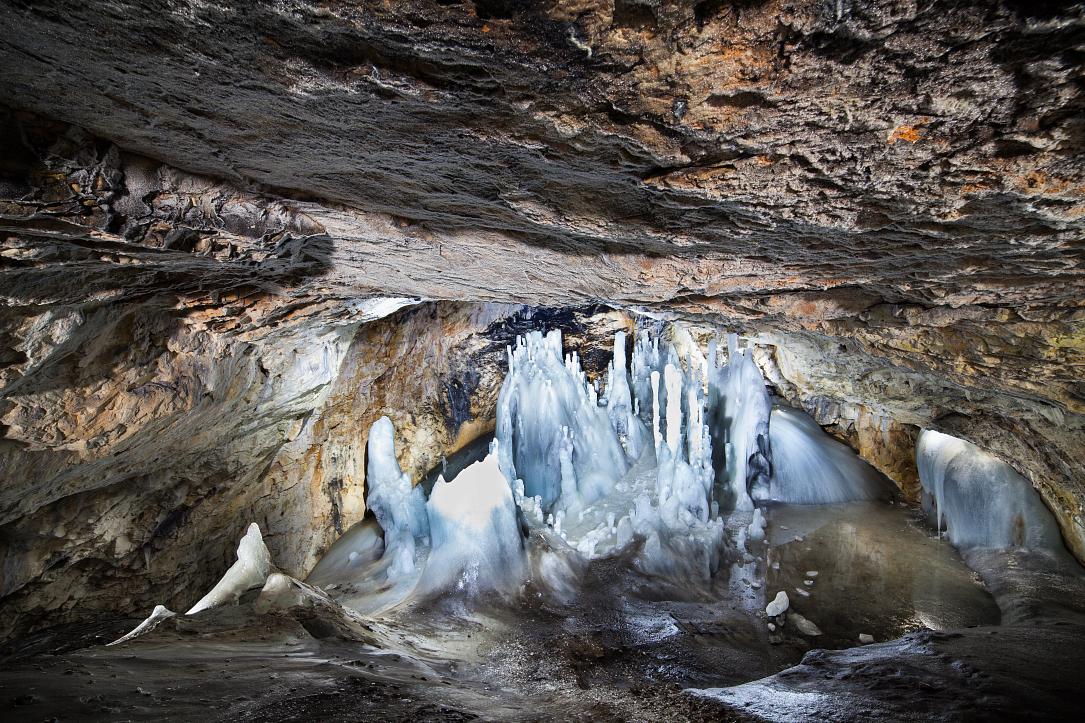Romania's Scărișoara glacier is melting due to climate change



The glacier in the Scărișoara ice cave, one of Romania’s natural wonders, is melting.
Located in the Bihor Mountains, it is the oldest underground glacier in the world, having formed at least 10,500 years ago during the Ice Age. It is made up of 7500 cubic meters of ice, making it the second-largest European underground glacier, after the Eisriesenwelt ice cave in Austria.
Researcher Aurel Perșoiu, from the Emil Racoviță Institute of Speleology in Cluj-Napoca, spoke to Euronews Romania about the current state of the Scărișoara glacier and what can be expected in the years ahead:
"It has been melting at an accelerated rate in recent years. We have preliminary data suggesting that it could be around 13,000 years old, and it shows that at least in the last 10,000 years there may well not have been a period of melting as dramatic as the one happening nowadays."
The researcher drew attention to how quickly the phenomenon is happening, saying that "in the last three or four years, we've seen melting of the ice that is unprecedented, in the entire time that measurements have been taken, since 1921. More ice has melted in these few years than in the last 40 years put together, and the data shows that this process will only increase in the coming years."
Asked about the catastrophe that just happened in Northern Italy, where several tourists died after part of the Marmolada glacier in the Dolomites broke off and caused an avalanche, Perșoiu said that this type of event is going to happen increasingly often in the coming years.
Aurel Perșoiu also explained that the Scărișoara Glacier itself is surrounded by rocks, so if there is a drastic meltdown, it will not collapse.
Finally, he expressed that unfortunately, the process of glacier disintegration has gone too far to be stopped and is irreversible, but that the planet can hopefully still be helped by making the necessary behavioral changes and educating ourselves and our children, although his own predictions are bleak.
"We have done enough damage by burning fossil fuels," Perșoiu said. "The amount of carbon dioxide pumped into the atmosphere is extraordinarily high. It's higher than at any time in the last 800,000 years. Carbon dioxide will be present in the atmosphere for at least another 100 years."
Although the temperature in the cave is usually at or below 1°C, the Scărișoara glacier, like many others around the world, is affected by climate change.
First mentioned in 1863 by the Austrian geographer Arnold Schmidl, who made the first map of the cave, it was later explored by the Romanian scientist and speleologist Emil Racoviță in the 1920s, who studied the micro-organisms living in the ice deposit.
(Photo source: Xalanx | Dreamstime.com)